There’s something truly rewarding about growing your own fruit in your garden – and it’s not just about saving money on the weekly food shop. Growing your own, means your fruit is fresher, tastier and potentially healthier than that you can buy in a supermarket.
You might discover amazing varieties that you never even know existed. Did you know, for example, there are 7,500 varieties of apples in the world? While there might be only a handful of options in your local supermarket, you’ll have loads of fun discovering and growing unusual fruit varieties in your garden.
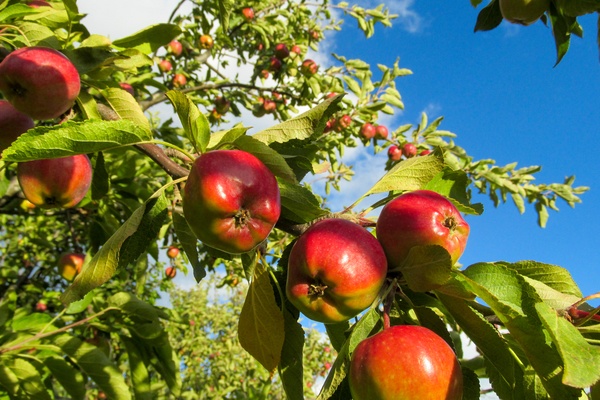
If you have a small garden, then you might wonder if you have enough room for such a luxury as fruit trees. Thankfully, these days there are many suitable options – from growing dwarf varieties to pruning techniques. Let’s have a look at your options…
Can you grow fruit trees in a small garden?
Absolutely. However, you will need to do a little research to make sure you choose species and varieties that are suitable for your outdoor space. Most fruit trees will prefer a warm, sheltered garden for the best crop, But that’s not to say you couldn’t have some success in shadier or more exposed areas. It’s just a case of knowing your space and then choosing the right trees.
Where to plant
You may be wondering where you might plant a fruit tree in your small garden. Besides choosing a spot with suitable conditions, you’ll need to consider how much space you’ll need for your chosen tree. When buying a tree, you can usually find out the eventual height and spread and how long it might take to reach maturity. You don’t want to end up with a tree that blocks all the light in your garden or makes it feel cramped.
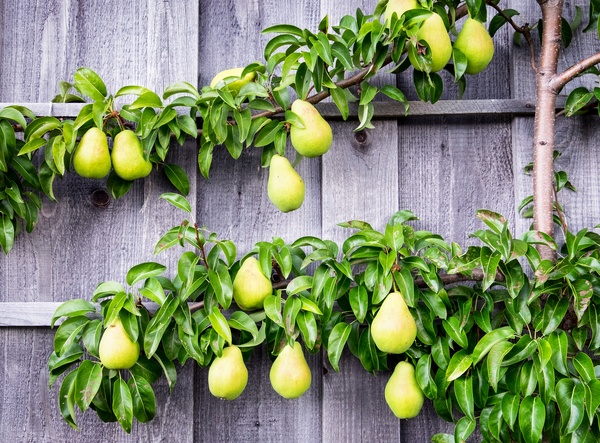
Sometimes, fruit trees can be grown against a sunny wall or fence – South facing is usually preferred. As the tree grows, the branches are trained into certain shapes along string or wires, which means they take up less space but still offer a good crop. You might see these referred to as fan, espalier or cordon trees and the different names simply refer to the shape of the tree.
Fruit trees in containers
If you’re undecided on the best spot, then you can actually grow many fruit trees in containers. You could still plant them in the ground later on, but in the meantime, you’ll have the freedom to move them around to try out different spaces. This is also a good idea if you think you might move home in the not so distant future, as you could take your fruit trees with you. Containers are also great for less hardy fruit trees, which might need to be moved into some shelter during colder months.
Because you’ll probably need something fairly large – around 50cm diameter or larger – containers can get pretty heavy once loaded up with wet soil. Consider starting off with lightweight, plastic types, which are cheap and widely available. They might not look quite as nice as ceramic or terracotta, but they’ll be much easier to move around should you wish.
You’ll also find that fruit trees in containers will need a fair bit of watering, especially during the growing season. This is not necessarily a problem, but just be mindful that fruit trees can get very thirsty, and during warm weather may need a good watering daily to keep them in top shape.
Choose the right rootstock
Many of the fruit trees you’ll find are ‘grafted’ onto rootstocks. This is a technique whereby, essentially, two plants have been joined at the propagation stage to combine certain characteristics, such as size, hardiness, disease resistance and other attributes. If you want smaller tress in your small garden, then it’s a good idea to look out for dwarf or semi-dwarfing rootstocks – sometimes referred to as ‘M26’ or ‘M27’ rootstock. These will typically grow to somewhere between 1.5 – 3 meters, and are generally better suited to containers.
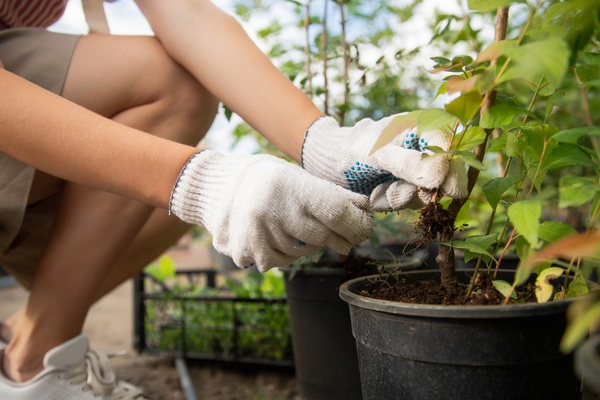
Another benefit of buying grafted fruit trees, is that they tend to start producing fruit much sooner than one might expect otherwise. Traditionally, you may have had to wait several years for a young tree to pass its juvenile phase and start fruiting, but grafted trees can bear fruit in as little as two years.
Where to buy fruit trees
You can buy fruit trees in most reasonably sized garden centres, although availability of certain types can be somewhat seasonal. You might also find certain supermarkets will carry a limited range during seasonal promotions – particularly in the early spring. Certainly I have seen fruit trees for sale at very reasonable prices in shops like Aldi over the years. Just bear in mind though, that these may not be dwarf varieties – check the rootstock before buying.
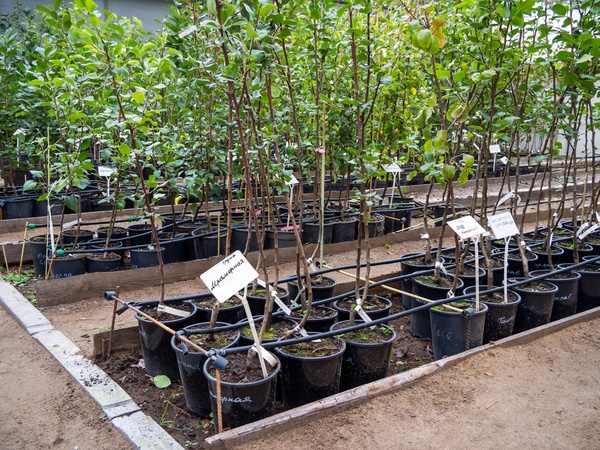
If you can’t find anything suitable locally, then a quick search online should reveal many mail-order order options. Websites like Gardening Express usually carry a decent range and will deliver to your door for a small fee. In fact, having your fruit tree delivered is a convenience not to be understated. Having picked up a 7ft apple tree from my local garden centre last year, it was an interesting journey home with the mass of branches sticking out of the sunroof!
Buying online means you’re more likely to find unusual varieties and those grafted on the appropriate rootstock. Look out for so-called ‘patio‘ or ‘pillar‘ fruit trees. These are particularly compact varieties, which have been trained to grow in a tight column – suitable for growing in smaller gardens as the name might suggest. You might also find starter packs and multi buy deals. This is a very cost effective way to get started growing fruit in your garden and you should benefit from an instant, mini-orchard in your outdoor space. Having different types of fruit trees can also help with pollination – which means an increased crop.
Look for self-fertile varieties
Each spring when fruit trees blossom, they typically produce flowers with male and female parts. To make fruit, some trees will need pollen from another compatible tree, which flowers at around the same time of year. This is why you’ll sometimes see fruit trees sold in pairs – with selected compatible varieties that will pollinate each other.
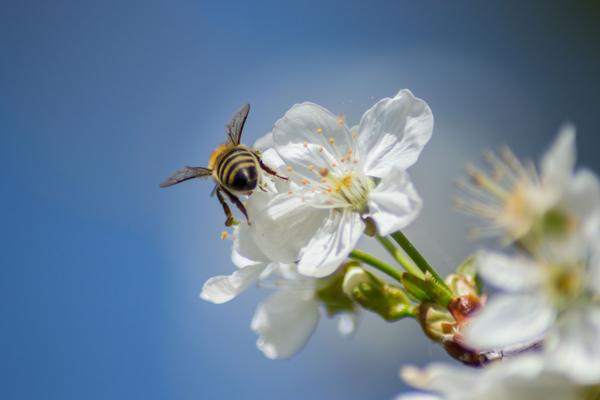
It may be that you only have room for one fruit tree, and if you’d like to increase your chance of a decent crop each year look for self-fertile varieties. These are able to pollinate themselves, as well as cross-pollinate other nearby trees that are in flower at the same time.
All the recommendations in the next section are self-fertile varieties, and therefore well suited to a smaller garden, where you may not have space to grow multiple varieties.
Which fruits will you grow?
Apples
There are many apple cultivars suitable for a small garden. Decide whether you’d like dessert apples (ready to eat) or cooking apples for baking and puddings. Some apples will be ready earlier than others and some will also store for longer, so check before buying. Red Falstaff is a well regarded option, as is Greensleeves.
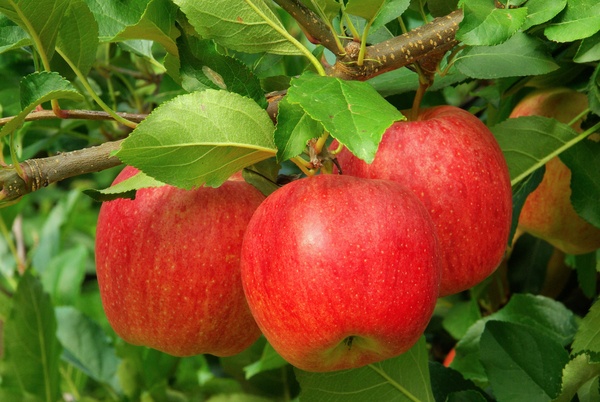
Pears
Another great option for delicious ready-to-eat fruit. Conference is well-known here in the UK as an easy to grow and compact variety. Also, look out for Concorde – another self-fertile option, known for big crops.
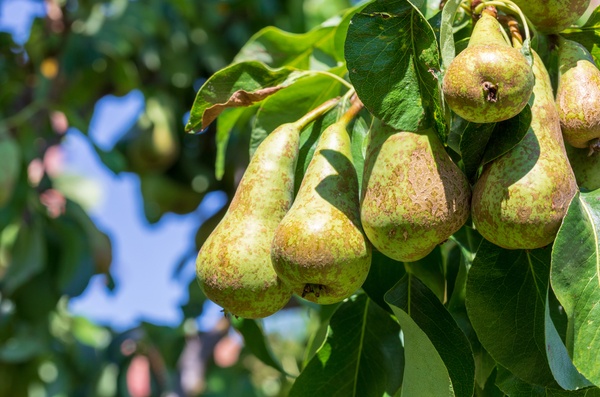
Cherries
Most cherries will prefer a warm and sunny place in your garden. Check whether your chosen variety is a ‘sweet cherry’ (ready to eat), or a sour cherry (for cooking and making jams). Lapins and Sunburst are both sweet cherries recommended for the garden.
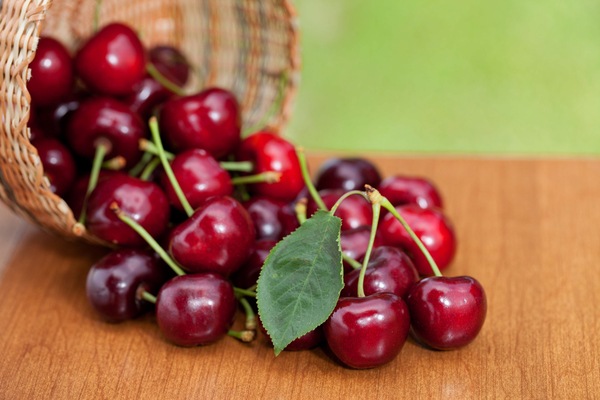
Peaches & Nectarines
As with cherries, these will require a warm, sunny spot but can be hardier than you might think. Interestingly, they all tend to be self fertile, which makes choosing a variety a little easier. Peregrine is a reliable Peach or try Crimson Bonfire for a very hardy, compact tree with attractive burgundy leaves in Autumn. Lord Napier and Prunus Persica var. Nucipersica are good choices for nectarines.
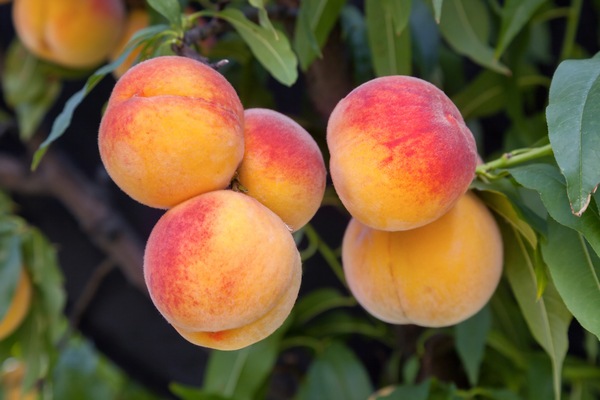
Plums
Again, these come in dessert or cooking varieties. Plums can be well suited for a small garden with dwarf varieties grown on the so-called ‘Pixy’ rootstock. Victoria is a popular option or look out for Blue Tit which has large fruits with deep blue skin and a golden yellow centre.
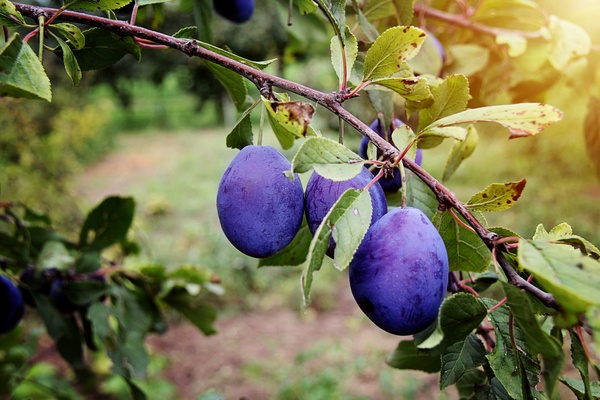
Citrus
Although they need a bit more looking after, it is quite possible to grow oranges and lemons in the UK climate. Just bear in mind that you’ll probably need to bring them indoors over winter and they’ll need somewhere with plenty of light. If you have a conservatory, then this would be ideal. Once the frosts have passed you can bring them back outside to bask in the sunshine. Besides oranges and lemons, you could also try limes and less common varieties such as the Yuzu Lime from Japan.
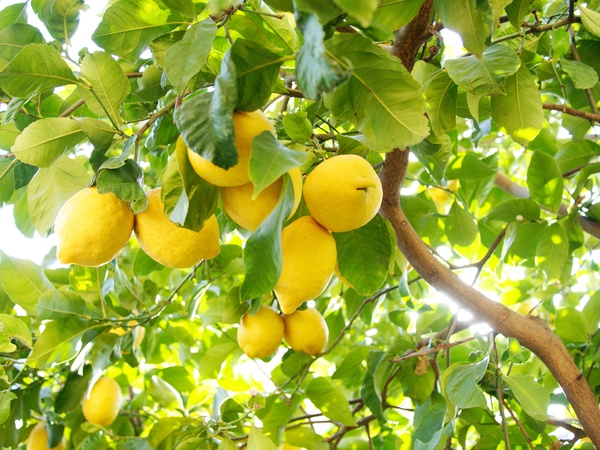
Final Thoughts
So, as you can see there are many kinds of fruit tree you could grow in a small garden. For a successful crop year after year, you’ll just need to be a bit more selective about which ones to buy.
Here are some top tips to follow…
- Look for grafted trees on dwarf rootstocks (such as M26 / M27 / Pixy)
- If you have a sunny wall or fence, consider training fruit trees as fan, espalier or cordons, to maximize space
- If growing in containers, use a large pot and water regularly
- Look for self-fertile varieties or buy compatible pairs / groups to ensure successful pollination
- Be selective about which varieties you buy – browse online suppliers and look out for bundle deals
- Decide how you want to use the fruit – do you want dessert varieties (ready to eat) or would you prefer cooking varieties
- There are many ways to use and store your fruit – learn how to make sauces, jams and jellys
- If you end up with a decent crop, you could also have your fruit pressed and produce your own home-grown juice. Or how about brewing your own home-made fruit wine or cider?
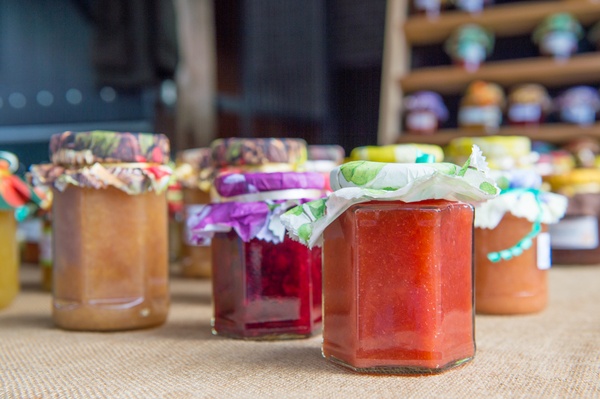
Remember that besides getting the benefit of fresh fruit each year, fruit trees can also give stunning displays of blossom in spring and autumn colour. They’re good for wildlife and also a fun way to get children interested in the garden.
Let us know what kind of fruit trees you decide to grow in your garden and tell us how you get on. Good luck and happy gardening!
